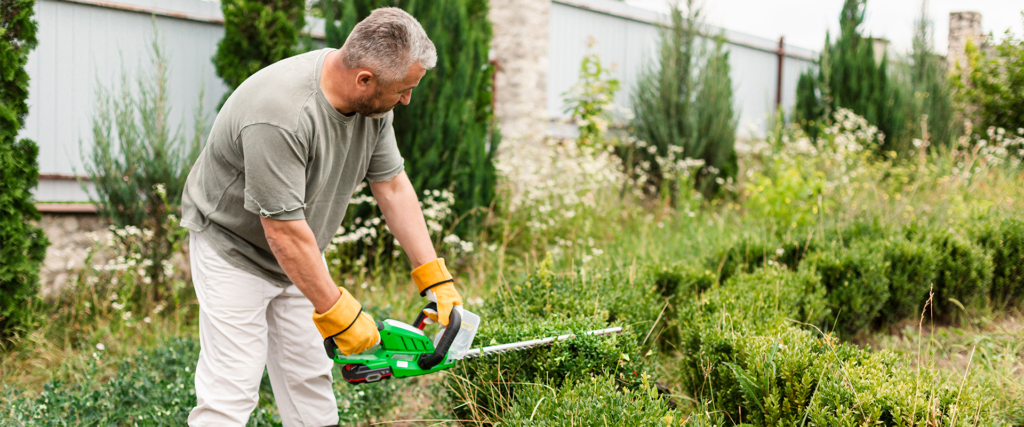A well-maintained yard not only looks beautiful but also promotes healthy plant growth. Pruning trees and bushes is an essential part of yard care, but knowing when to trim for optimal trimming can be tricky. Fear not! This guide will shed light on the best times to prune your trees and bushes, ensuring they flourish for years to come.
Understanding the Seasons:
Nature’s rhythm plays a crucial role in successful pruning. Here’s a breakdown of the ideal trimming times based on the season:
Spring: Prune most flowering trees and shrubs after frost danger has passed but before new growth appears. This encourages flowering and allows shaping without harming blooms. (Exception: Summer-flowering shrubs like crape myrtles benefit from late winter/early spring pruning).
Summer: Light trimming or deadheading (removing spent flowers) is okay but avoid major pruning during hot weather as it can stress the plant.
Fall & Winter: Prune deciduous trees and shrubs (those that lose leaves) in late fall or winter. The plant structure is visible, making it easier to identify problem branches. Additionally, the plant is dormant and less susceptible to disease or pests after pruning.

While seasons provide a general guideline, additional factors can influence pruning timing:
- Plant Type: Different plants have specific pruning needs. Research the specific type of tree or bush you must determine the optimal pruning window.
- Maturity: Young trees benefit from formative pruning in the early years to establish a strong structure. Mature trees, on the other hand, may require corrective pruning to remove dead or diseased branches.
- Bloom Time: Pruning flowering shrubs at the wrong time can negatively impact their ability to bloom. Early spring bloomers are best pruned after flowering, while summer bloomers can be pruned in late winter or early spring.
- Remember: When in doubt, it’s always better to prune less than too much. Err on the side of caution and consult a professional arborist if you have any concerns about specific trees or shrubs in your yard.
Pro Pruning Tips:
- Sharpen your tools: Dull tools can damage branches and make clean cuts difficult. Use sharp pruning shears, loppers, and saws for optimal results.
- Make clean cuts: A clean cut heals faster and minimizes the risk of disease. Cut at a 45-degree angle just above a bud or outward-facing branch.
- Remove dead, diseased, or damaged branches: This promotes healthy growth and improves the overall appearance of the plant.
By following these yard tips on pruning principles, you can ensure your trees and bushes receive the right care at the right time. With proper trimming, your yard will not only be aesthetically pleasing but also a haven for healthy plant life.
Ready to take your yard to the next level? Advance Home Solutions offers a variety of professional landscaping services, including expert pruning for trees and shrubs. Contact us today for a free consultation! Call Us at (512) 265-7192!

